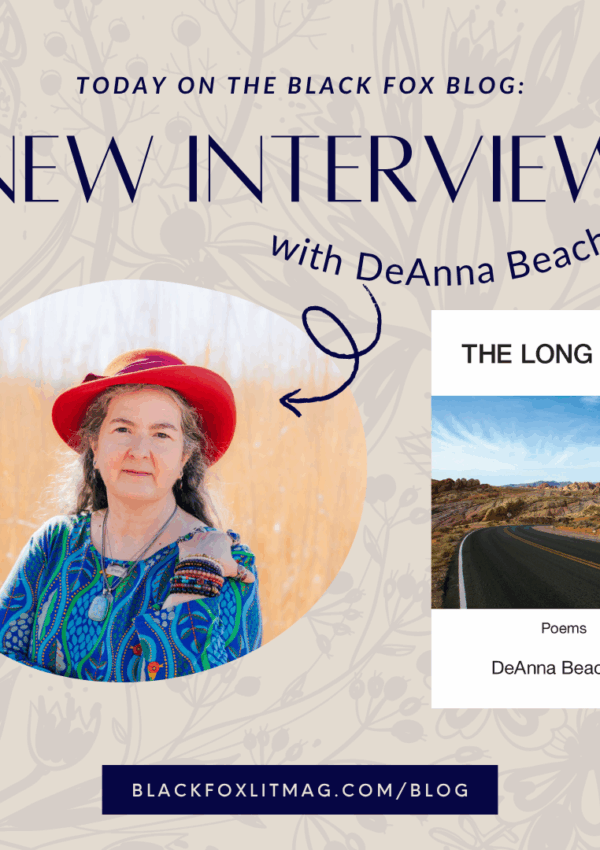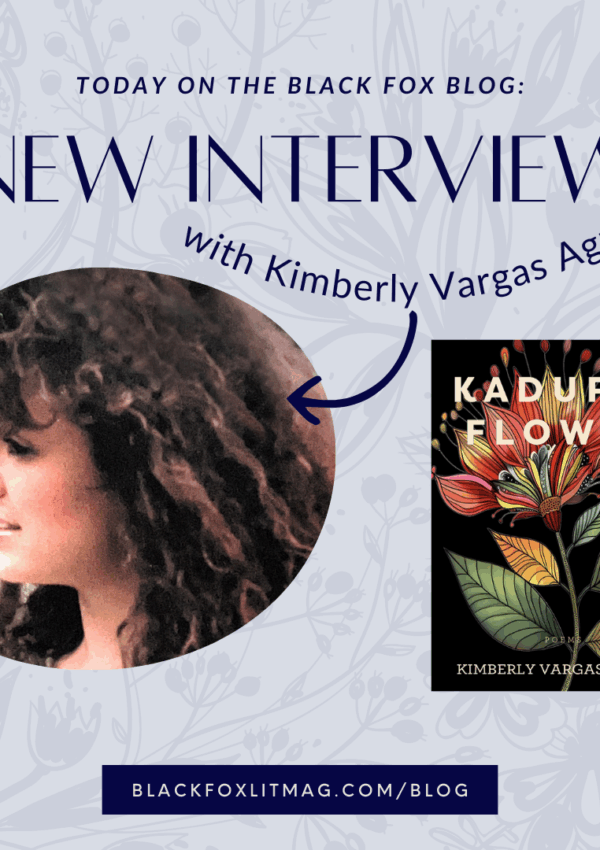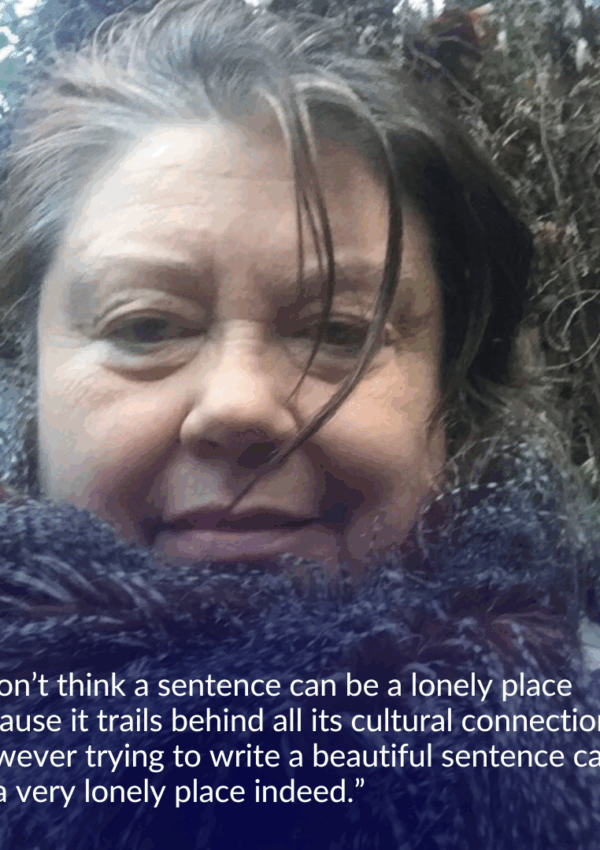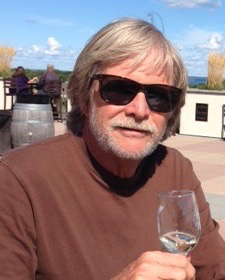An interview by Alicia Cole.
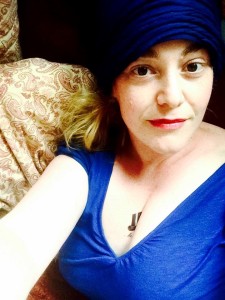 C. S. E. Cooney (csecooney.com/@csecooney) is an audiobook narrator, singer/songwriter, and author of World Fantasy Award Winner Bone Swans: Stories (Mythic Delirium 2015). Her work includes the Dark Breakers series, Jack o’ the Hills, The Witch in the Almond Tree, and poetry collection How to Flirt in Faerieland and Other Wild Rhymes, which features Rhysling Award-winning “The Sea King’s Second Bride.” Her short fiction and poetry can be found at Lightspeed, Strange Horizons, Apex, Uncanny, Lakeside Circus, Black Gate, Papaveria Press, GigaNotoSaurus, Goblin Fruit, Clockwork Phoenix 3 & 5, The Mammoth Book of Steampunk, Rich Horton’s and Paula Guran’s Year’s Best Science Fiction and Fantasy anthologies, and elsewhere.
C. S. E. Cooney (csecooney.com/@csecooney) is an audiobook narrator, singer/songwriter, and author of World Fantasy Award Winner Bone Swans: Stories (Mythic Delirium 2015). Her work includes the Dark Breakers series, Jack o’ the Hills, The Witch in the Almond Tree, and poetry collection How to Flirt in Faerieland and Other Wild Rhymes, which features Rhysling Award-winning “The Sea King’s Second Bride.” Her short fiction and poetry can be found at Lightspeed, Strange Horizons, Apex, Uncanny, Lakeside Circus, Black Gate, Papaveria Press, GigaNotoSaurus, Goblin Fruit, Clockwork Phoenix 3 & 5, The Mammoth Book of Steampunk, Rich Horton’s and Paula Guran’s Year’s Best Science Fiction and Fantasy anthologies, and elsewhere.
Black Fox Literary Magazine: What led you to writing fantasy? Spin us a tale.
C. S. E. Cooney: Once upon a time, there lived a little maiden in a house on Cheery Lynn Lane. When she dressed to please herself, she wore a muslin shift with a ragged lace hem, and her mother’s Miss Leavenworth tiara—a pageant that her mother, who played folk songs on guitar and mostly didn’t shave her legs, had entered as a sort of defiant joke, or so the family legend goes.
Our little maiden wanted always to be watching either Pirates of Penzance (refusing, at age four, to be called by her given name, and insisting instead that her parents refer her to her as “Mabel,” just like Linda Ronstadt), or Rogers and Hammerstein’s Cinderella, starring Lesley Ann Warren. It would be a few years yet until she came to know that actress mainly as “Miss Scarlet” from Clue. At this stage in her career, her head was stuffed full of Edward Lear (“The Courtship of the Yonghy-Bonghy-Bo” was a favorite) and fairy tales—the latter mostly garnered from a book published by Dean and illustrated by the two sisters Grahame Johnstone, and mingled with episodes of Nippon Animation’s Grimm Masterpiece Theater, and Shelley Duvall’s Faerie Tale Theatre.
In a few short years, not only would Les Miserables, Phantom of the Opera, and several classic Sondheim musicals be added to her repertoire, but also the, uh, “great” classic movies of 80’s fantasy: Legend, Labyrinth, Krull, Willow, Dark Crystal, Beast Master, Dragon Slayer, Sword of the Valiant, Howard the Duck… And that’s not even counting TV. She-Ra, Princess of Power. My Little Pony. And Rainbow Bright. And Care Bears. And, you know, Jem and the Holograms.
Which are all very fantastical, you have to admit. Fodder.
And as far as fodder goes, all I’m saying is, our little maiden had plenty of material to work with. As the years passed, and she grew in stature, she also acquired a multitude—nay, a veritable Legion—of brothers, and their games of pretend grew and grew. Her first chapter book, in fact, which she wrote in third grade, was based on one of these “pretends.” It was called “The Halls of Difficulty.” Which featured a Castle of Difficulty in which there were many Halls, filled with things like Giant Spiders (see: Krull) and pits of sacrificial flame (see: Beastmaster).
One thing led to another: thin gray handwriting paper gave way to 5-subject college-ruled spiral notebooks; the handwritten novels of 6th and 7th grade were trunked in favor of the better novels of high school, now carefully transposed into Word documents; the little (not so little now) maiden’s mentor, Gene Wolfe, whom she met at age 18 advised her to start writing short stories “to build up her byline”; she went to college for Fiction and Theatre; she started publishing. Voila! That brings us and our (not exactly a maiden) protagonist right up to age 35. All present and accounted for, and now with a few more credits to her name.
BFLM: Your work in Bone Swans is beautiful, sometimes stark, sometimes melodious. Who and what are your inspirations?
CSEC: Well, see Question 1 for early inspirations. But, if I’m lyrical, I come by it honestly. My father is a musician and lyricist. There were always Broadway musicals, folk music, and musical satire on in our house. Tom Lehrer, PDQ Bach, Phil Ochs, Leonard Cohen, Joni Mitchell, Judy Collins, Joan Baez . . . Also, I do have a lot of musical theatre in my background—with emphasis on Sondheim, if you want to talk “stark and melodious.”
My brothers and I used to act out Sweeney Todd, the Demon Barber of Fleet Street in our living room, using a frosting spatula for a straight razor. And we devoted a not insignificant amount of playtime to revamping Assassins. I liked to play the Balladeer; my brother Aidan always took the part of John Wilkes Booth, though there were certain racist curse words he always refused to say, even at age nine—when he was cussing up a storm otherwise.
Disney movies had and have a huge influence—I could hardly help that. But I imprinted even more so, I think, on Sondheim’s Into the Woods—which returns us (especially in Act II) to the dark heart of fairy tales . . . And yet, the book and lyrics manage an achingly fine and impeccably-timed comedy, even in the midst of horrors, both local and from abroad. Or a-sky, I should say. We had the PBS taping of the Martin Beck production, and hosted “musical parties,” and also just listened obsessively in our own time.
As far as inspiration-from-books goes, in my early teens I read my “3 Mc’s”—McKinley, McCaffrey, and McKillip—over and over and over again. I started off with Robin McKinley’s Beauty—her first retelling of Beauty and the Beast. Then, Hero and the Crown and The Blue Sword, both original fantasies in the same world but taking place years apart—which I adored. But I continued to love her fairy tale retellings: Rose Daughter, Spindle’s End, sure . . . but Deerskin, most of all. It hit all the right notes, and haunts me yet.
Of course, I’d already read The Chronicles of Prydain by then, and The Chronicles of Narnia, and The Lord of the Rings. Through Charles De Lint’s Jack the Giant Killer, I discovered the wonderful Fairy Tales series—retold for adults, sometimes in contemporary settings—created by Terri Windling and artist Thomas Canty. That, in turn, led me to Brian Froud’s Faerielands series. Around this time also, in that same section of the library, I stumbled across Windling and Datlow’s Snow White, Blood Red series. Oh, and I found Angela Carter’s The Bloody Chamber on our family bookshelves, probably very near Estés’s Women Who Run with the Wolves.
BFLM: Your stories deal with the juxtaposition of life and death, and hold to time-honored fantastical tropes while carving out new landscapes. What is your favorite story of this collection and why?
CSEC: My friend Sharon Shinn once told me that every author has a “thing” they write about. Hers, she said, is lost children. Mine, she went on, is sacrificial death and resurrection. I sort of took this with a grain of salt at the time (I DON’T HAVE A THING I WRITE ABOUT I WRITE ABOUT A LOT OF THINGS SO THERE SHARON!), but then, as we were putting together Bone Swans, I saw that, indeed, I mostly wrote about sacrificial death and resurrection. So. Uh. Points to Sharon.
As for favorites . . . That’s hard. The collection starts out with the oldest story chronologically, “Life on the Sun.” And I don’t know how exactly, but I can tell it’s an old story. I’m still super fond of it. I love all the characters. I like the plot, the setting. But I think I’d find it alienating, hard to get into, if I were a first reader. Maybe the language isn’t as welcoming as my later work. Maybe there are too many place names all at once, too many characters, too much world-building and info-dumping ALL AT ONCE. Or maybe not. Hard to say. I’m just aware that it’s . . . me, younger.
“The Bone Swans of Amandale,” on the other hand, is the newest story. Its narrator is as irreverent and amoral as I sometimes wish I could be. It has all the things I like—music, magic, death, cruelty, beauty, a sense of humor, transformation. Hope, I guess. But gosh, is it DENSE OR WHAT??? Well, but then I look at “The Big Bah-Ha,” which someone recently said on Facebook was their first experience with mind-altering drugs. And “How the Milkmaid Struck a Bargain with the Crooked One” is the most traditional, being a pretty straight-up retelling of Rumpelstiltskin.
I have a special, deep, and abiding love for “Martyr’s Gem.” It is based on a dream I had, and the idea haunted me for a long time—until I finished it. I was also playing with genre. I love mystery novels, and I wanted to write a mystery story in a fantasy setting. I don’t think it’s as tightly plotted and neatly laid out as a legit mystery—it’s much more about the characters than the whodunit. But I love it. I love it. I won’t say it’s my favorite. But I LOVE IT.
BFLM: Congratulations on winning the World Fantasy Award. What was that experience like?
CSEC: Dude, I was sick as a dog and expecting Kelly Link to win.
My roommate and my fiancé told me otherwise, but I just laughed in their faces, because, you know, what the heck do they know? Except that they love me. Now it’s their turn to laugh in my face. And does my roommate ever! (JESSICA WICK!!!)
The night before the awards ceremony, tossing damply and turning limply in the hotel room—which I shared with three other people—I thought to myself (FOR THE FIRST TIME, MIND YOU, SINCE BEING NOMINATED), “Cooney, what if you’re in that one weird parallel universe where you actually win? You’d better think of something to say.”
So, I feverishly free-associated the words “World Fantasy Award” and came up with two or three things I thought about it, and a few of the people most integral to making Bone Swans happen as a book that I wanted to thank, so that I wouldn’t be disrespectful or disorganized if I won.
Which I did.
So I’m really glad I wore my ruby slippers.
BFLM: I often find that surrounding myself with other arts is an important part of my creative process. What types and works of art are important to you in your own?
CSEC: I have a lot of friends who make Pinterest boards or Tumblrs of their stories and characters to keep them inspired. My friend Patty Templeton has a literal corkboard with printouts and clippings. Both my roommates are artists, and my fiancé Carlos Hernandez was, as he likes to say (several times a week, cheekily), “Almost an art history major, you know.” Many of my friends are artists or have studied art, and they seem to dwell deeply on image in a way that does not come naturally to me. I love art, but I think I miss several layers of it, having taken very few courses in it.
That said, when I was writing “The Bone Swans of Amandale” I had a whole file of swan images—statues of Leda and the Swan, illustrations of Hans Christian Andersen’s “The Wild Swans,” pictures of swan maidens culled from Google searches. The whole notion of that novella sprang from a children’s edition of The Pied Piper of Hamelin illustrated by Mercer Mayer (an illustrator I love), so I think it’s more steeped in image than the usual run of my writing. I’d love to immerse more, and learn more about art history, in order to apply it to my writing.
My favorite old-timey fairy tale illustrators are John Bauer, Kay Nielsen, Trina Schart Hyman, as well as the aforementioned sisters Grahame Johnston. Of the living, I am very drawn to the work of Kathleen Jennings, Lauren K. Cannon, Rebecca Guay, and Omar Rayyan. Plus, I’d love to dream in the colors of John Picacio’s cover art.
Other than that, music is my other major source of art input. I don’t watch a lot of movies or television anymore, but they occasionally provide a source of energy for the battery—or produce such chafed dissatisfaction that I must get up and write just to repair the damages I see being perpetrated in TV tropes. I would love more dance and theatre in my life—and I will work to fold it in, with all my grand plans for museum trawling as well.
BFLM: What is your writer’s life like?
CSEC: Slow and steady? I write more when I read more. I write more on days I don’t record audiobooks (which is my day job). I write more when I have writing dates with other writers. Since aforementioned Carlos Hernandez is also a writer (OH! OH! Check out his awesome and funny and wholly irreverent and beautifully holy collection The Assimilated Cuban’s Guide to Quantum Santeria), we often wake up early in the mornings and Skype writing dates with each other. Aforementioned Jessica Wick is also a writer, and we sometimes meet at the kitchen table, light a candle, and get down to work.
Having a writing group helps; one doesn’t wish to wait too long before having a new thing to present for critique. My colleagues are warm and funny and incisive; I have to work very hard to impress them, which is a thing I ardently desire to do. But I’m lucky if I can get what fellow writing group member Delia Sherman calls her “forty minutes a day,” and that, for three or four days a week. A solid writing day with hours of horizon is far more rare these days. I have to plan for them weeks in advance, and practice saying “No” a lot to keep that time sacrosanct.
BFLM: What are you working on now?
CSEC: I’ve got this series of novellas called Dark Breakers. It explores a city called Seafall—which is mentioned in How the Milkmaid Struck a Bargain with the Crooked One—only the series takes place far up the timeline, roundabout their equivalent to our turn of the century. It’s a city that has trains, vaccines, telephones, motorized vehicles, robber barons, and also has to deal with its goblins and Gentry who won’t, quite, stay confined to the myths into which humans have shunted them.
The first two, The Breaker Queen and The Two Paupers were part of my experiment with self-publishing, although The Two Paupers had a second life in Rich Horton’s Year’s Best Science Fiction and Fantasy. The current Work in Progress is called Desdemona and the Deep, the third and last of these novellas. I may or may not self-publish this one. Right now I’m leaning toward trying to go a more traditional route when it’s finished. What I’d love to do is revise and collect all three of them, and sell it as Dark Breakers: a novel-in-novellas.
Otherwise, my novel Miscellaneous Stones: Necromancer is currently out and about in the world on its Great Agent Quest. The adventure continues, as adventures do, in its own time.
